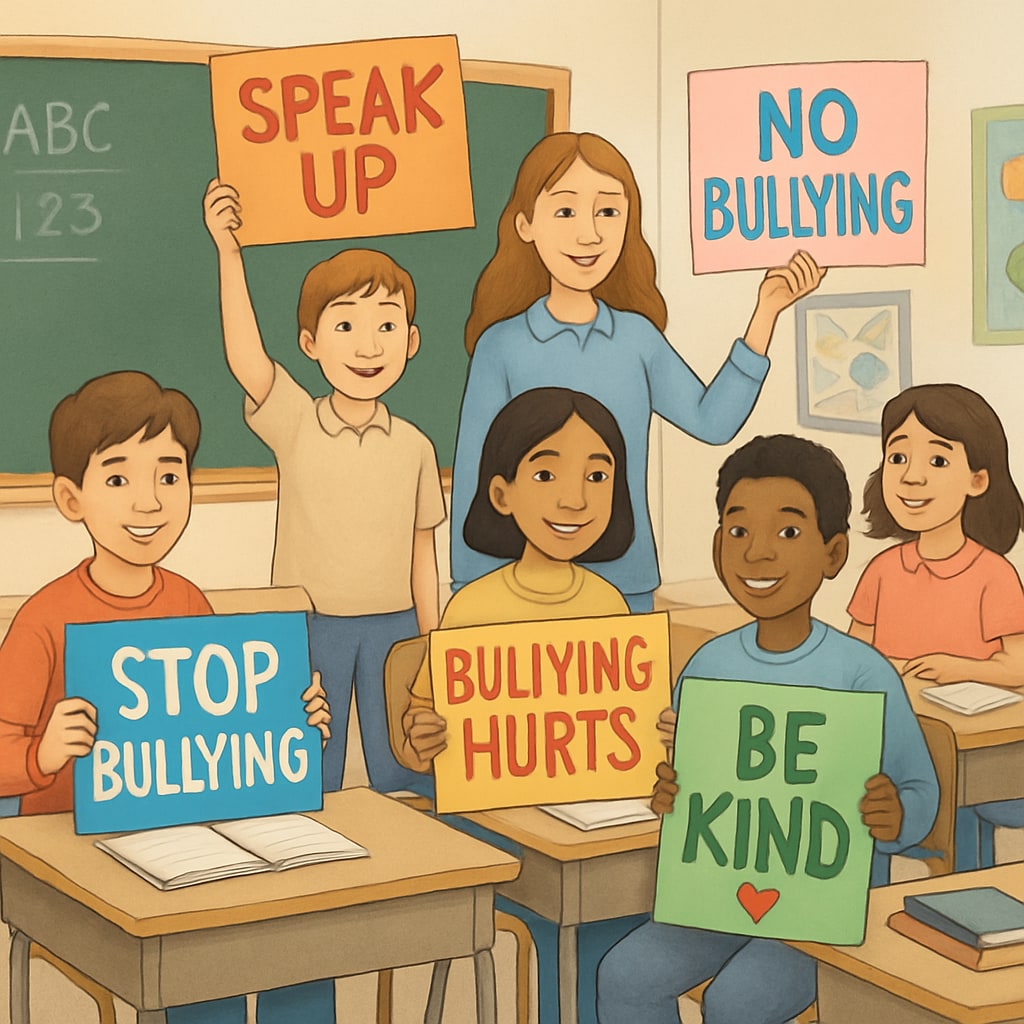School bullying, its consequences, and clear behavioral definitions (translated from 校园欺凌,后果措施,行为界定) represent some of the most significant challenges facing K-12 education today. It’s vital that we not only understand what constitutes bullying but also develop a comprehensive approach to addressing it. This article outlines an ideal strategy for managing bullying in schools, focusing on education, prevention, and restorative practices, all aimed at creating a safe and harmonious learning environment for students.

Defining Bullying: Understanding the Core Behaviors
Before we can effectively address bullying, it is crucial to establish a clear definition. According to the StopBullying.gov, bullying encompasses unwanted aggressive behaviors that involve a real or perceived power imbalance and are repeated over time. These behaviors can be physical, verbal, or social in nature.
Examples of bullying include:
- Physical aggression, such as hitting or pushing
- Verbal insults, including name-calling or teasing
- Social exclusion, spreading rumors, or cyberbullying
By clearly defining these actions, schools can establish a consistent framework for identifying, reporting, and addressing bullying incidences.
The Consequences of Bullying for Students and Schools
Bullying has far-reaching consequences that impact not only the victims but also the perpetrators and the broader school environment. Victims often experience anxiety, depression, and a decline in academic performance. Perpetrators risk developing long-term behavioral issues, while schools can suffer from a decrease in overall student morale and trust.
As a result, it is essential to implement effective measures to mitigate bullying’s impact on all stakeholders involved. Schools must foster a culture where bullying is not tolerated and where students feel empowered to report incidents without fear of retaliation.

Addressing Bullying: A Three-Pronged Approach
To combat bullying effectively, schools can adopt a three-pronged approach that emphasizes education, prevention, and restoration:
1. Education: Building Awareness
Educating students, teachers, and parents about bullying is the first step in addressing the issue. Schools can conduct workshops, organize anti-bullying campaigns, and integrate social-emotional learning (SEL) into the curriculum. For example, programs like Second Step help students develop empathy, communication, and conflict resolution skills.
2. Prevention: Creating a Safe Environment
Preventing bullying requires proactive measures to create an inclusive and supportive school culture. Schools can implement the following strategies:
- Establishing clear anti-bullying policies and consequences
- Encouraging peer support programs, such as buddy systems
- Utilizing technology to monitor and address cyberbullying
- Training staff to recognize and intervene in bullying situations
3. Restoration: Resolving Conflicts
When bullying incidents occur, restorative practices can help repair relationships and prevent recurrence. These practices focus on accountability and reconciliation, allowing victims and perpetrators to engage in structured dialogue. Restorative justice circles, for instance, provide a safe space for communication and understanding.
Conclusion: Working Together to End Bullying
Addressing school bullying, its consequences, and clearly defining behaviors (translated from 校园欺凌,后果措施,行为界定) requires a collective effort from educators, parents, and students. By fostering awareness, creating a safe environment, and resolving conflicts constructively, schools can reduce bullying and promote a positive learning experience for all.
Ultimately, the goal is to ensure every student feels valued, respected, and supported. Together, we can build a future where bullying has no place in education.
Readability guidance: This article employs short paragraphs, lists, and accessible language to enhance readability. It incorporates transitions like “for example,” “in addition,” and “as a result” to ensure a logical flow. Images are placed to align with the discussed content, adding context and engagement.


